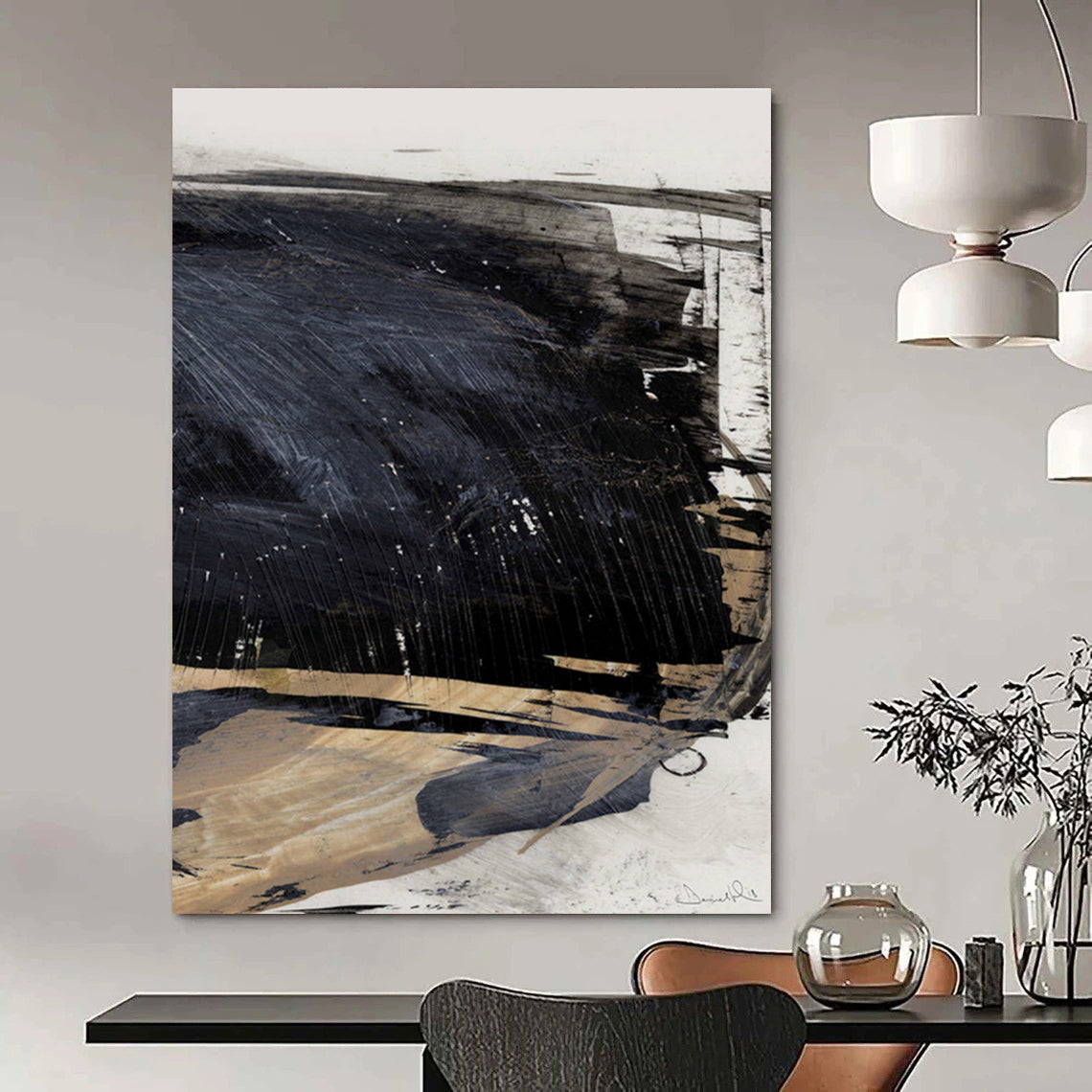Painting is a rich and diverse language of colors, shapes, and textures that has evolved over centuries. To truly understand and excel in the art of painting, it’s essential to distinguish between the types of paintings, painting mediums, styles, and techniques. This guide provides an extensive overview inspired by a detailed analysis of painting knowledge, breaking down these core elements to help artists and enthusiasts deepen their appreciation and skills.

Understanding Types of Painting
Types of painting refer to the broad categories that describe the subject or theme of the artwork, regardless of style or technique used. There are seven major types:
-
Portrait Painting
Focuses on capturing the likeness, personality, and mood of a person or group. It’s not limited to humans; animals and objects can feature as subjects. Portraits often serve as memories or heirlooms.
Famous Artists: Frida Kahlo, Rembrandt, Leonardo da Vinci -
Landscape Painting
Depicts natural scenery such as mountains, rivers, forests, and skies. Landscape paintings often express the emotion or state of mind of the artist through nature.
Famous Artists: Vincent van Gogh, Claude Monet, J.M.W. Turner -
Still Life Painting
Composes inanimate objects like flowers, food, or everyday items, often symbolically rich or narratively complex. It’s ideal for beginners to learn about composition and color.
Famous Artists: Paul Cézanne, Salvador Dalí, Georges Braque -
Abstract Painting
Uses shapes, colors, and forms to convey emotion or conceptual ideas rather than realistic depictions. Different subtypes include expressive abstraction, minimal abstraction, and geometric abstraction.
Famous Artists: Wassily Kandinsky, Jackson Pollock, Willem de Kooning -
Historical Painting
Narrates significant historical events or storytelling through art, often rich in symbolism and dramatic scenes.
Famous Artists: Paul Delaroche, Eugène Delacroix -
Religious Painting
Depicts sacred themes or mythology, common in Renaissance art and often featured in churches and chapels.
Famous Artists: Michelangelo, Raphael, Leonardo da Vinci -
Allegorical Painting
Symbolizes deeper moral or spiritual messages, often illustrating abstract ideas like virtue or justice.
Famous Artists: Sandro Botticelli, Johannes Vermeer
Painting Mediums: Tools of Expression
Your choice of painting medium heavily influences the final effect and the painting process. Here’s a brief look at common mediums:
-
Tempera: A fast-drying medium made from egg yolk and pigment, used historically in medieval paintings.
-
Oil Paint: Offers rich color and texture but dries slowly, allowing modifications and layering.
-
Acrylic Paint: Water-based, fast-drying, and versatile, ideal for beginners and advanced artists alike.
-
Watercolor: Known for its luminosity and transparency, challenging but rewarding for landscapes and delicate subjects.
-
Charcoal, Pastels, Chalk: Great for drawing and shading, offering wide ranges of tones and textures.
-
Graphite and Colored Pencils: Perfect for sketching or detailed colored works.
-
Ink and Pen: Used for defined outlines, calligraphy, and graphic work.
-
Digital Painting: Modern technique using tablets and software, offering flexibility and undo options.
-
Encaustic, Glass, Fresco, Gouache: Specialized mediums with unique textures and historical significance.
Learn more about painting mediums to find the right one for you.

Iconic Painting Styles Through History
Painting styles often align with art movements and can characterize specific eras:
-
Renaissance (1400-1600): Classical form and balance with technical innovations like chiaroscuro and sfumato.
-
Baroque (1600-1750): Dramatic, textured, and emotional with pronounced light and shadow.
-
Impressionism (1865-1895): Small brushstrokes capturing natural light en plein air (outdoors).
-
Post-Impressionism (1886-1905): More subjective use of color and form emphasizing emotion.
-
Cubism (1908-1920): Fragmented geometric shapes showing multiple viewpoints.
-
Surrealism (1917-1950): Dreamlike, illogical scenes evoking the subconscious.
-
Abstract Expressionism (1940s-50s): Emphasizes spontaneous, gestural brushwork and emotional intensity.
-
Pop Art (1950-60s): Bright, bold images drawn from popular culture and media.
Explore detailed descriptions of painting styles.

Must-Know Painting Techniques
Painting techniques are the methods artists use to create texture, depth, and expression. Here are some essential techniques:
-
Impasto: Thick layers of paint create texture and visible brush strokes.
-
Glazing: Applying thin, transparent layers to enrich colors.
-
Dry Brushing: Light application of paint for rough textures.
-
Underpainting: A monochromatic base to establish values.
-
Scumbling: A thin, broken application of paint to soften edges or textures.
-
Action Painting: Expressive, energetic application like dripping or splashing paint.
-
Plein-Air Painting: Painting outdoors to capture natural light and scenery.
-
Foreshortening: Using perspective to depict objects extending into space.
-
Collage: Combining multiple materials on one surface for visual interest.
-
Digital Painting: Using digital tools for flexible creation.
Mastering various painting techniques helps deepen artistic expression.

Frequently Asked Questions (FAQ)
Q1: What is the difference between painting style and painting technique?
Painting style refers to the characteristic manner and movement of an artist or period, while painting technique is the method or process used to apply paint.
Q2: Which painting medium is best for beginners?
Acrylic paint is often recommended for beginners because it dries quickly, is easy to clean, and versatile.
Q3: What painting style is best to learn for beginners?
Starting with realism or impressionism is good as they teach fundamental skills in observation and brushwork.
Q4: Can I mix different painting techniques in one artwork?
Absolutely! Many artists combine techniques like glazing and impasto to create complex textures and effects.
Q5: How do I choose a painting medium?
Consider your goals: if you want vibrant colors and quick results, acrylics suit you; for rich textures and blending, oils; for transparency and delicacy, watercolors.

